- Home
- Furnishings Appliances Hospitality
- Fitness Sports Recreation
- Team Sports Physical Education Equipment
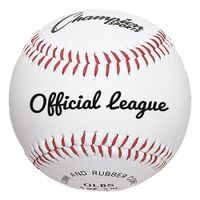
Baseball, Softball & T-Ball Equipment
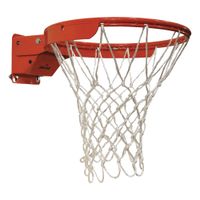
Basketball Equipment
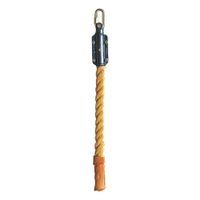
Climbing Ropes & Tug of War Ropes
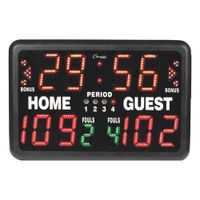
Coaching, Scoring & Maintenance Equipment
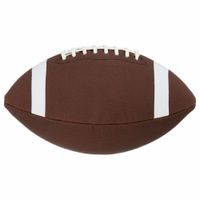
Football Equipment
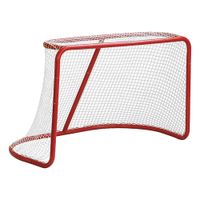
Lacrosse, Field Hockey & Floor Hockey Equipment
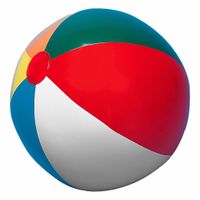
Parachutes, Beach Balls & Bean Bags
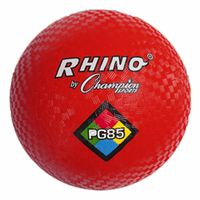
Playground Balls, Tetherballs & Dodgeball Sets
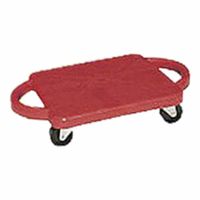
Scooters Boards & Racks
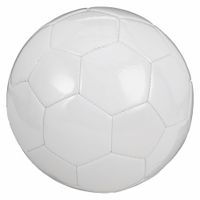
Soccer Equipment
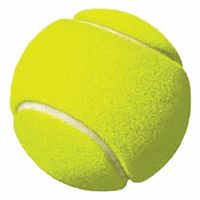
Tennis & Pickleball Equipment
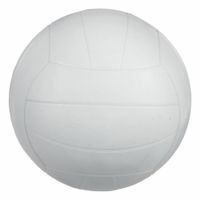
Volleyball Equipment
Frequently Asked Questions
What equipment is essential for team sports in schools and recreational departments?
What materials are needed for setting up climbing and tug-of-war activities?
How can parachutes and beach balls be used in physical education?
What are the benefits of using bean bags in outdoor activities?
How do playground balls and tetherballs contribute to educational games?
What role do scooter boards play in physical therapy environments?
What equipment is necessary for coaching and maintaining sports equipment?